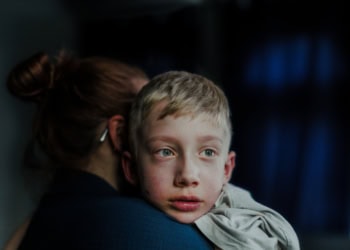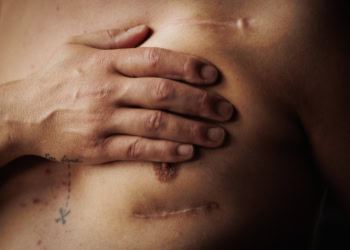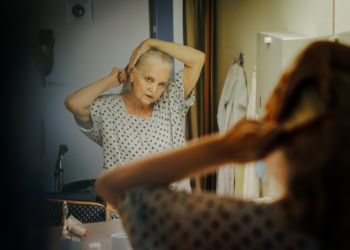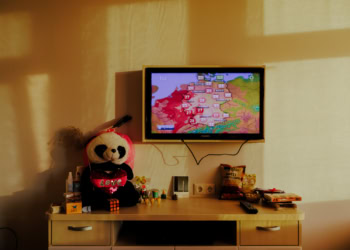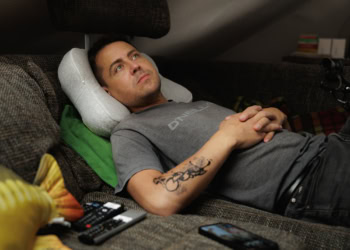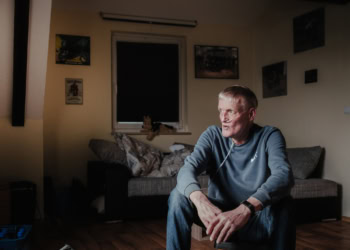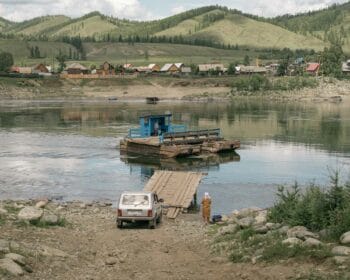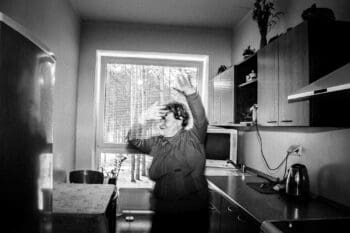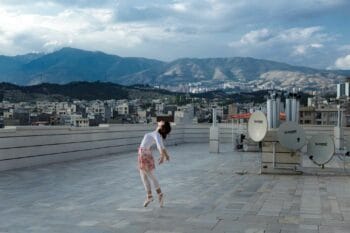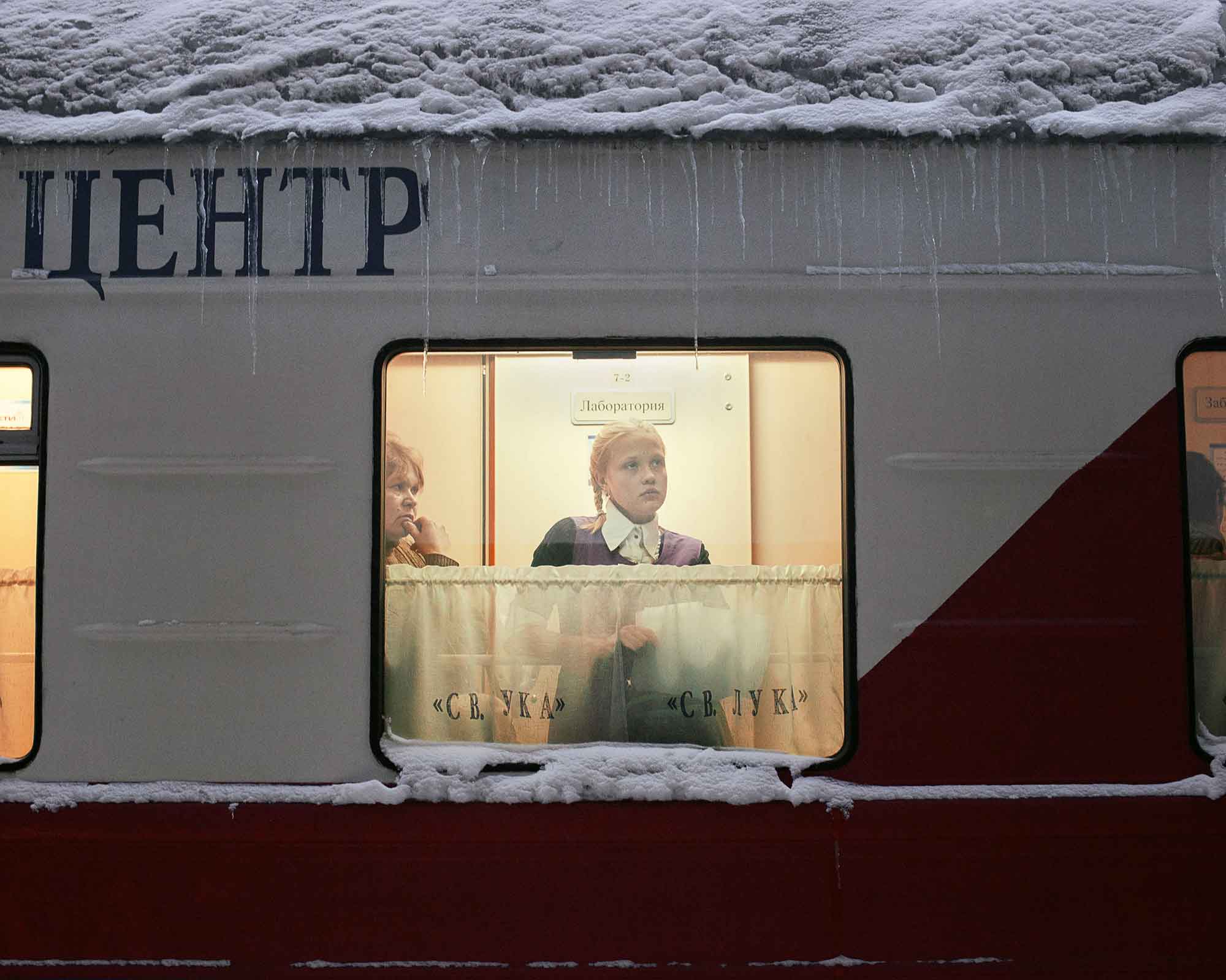 Kuragino, Russia. Patients wait for their treatment in the narrow corridors of the "Saint Luke" hospital train.
Kuragino, Russia. Patients wait for their treatment in the narrow corridors of the "Saint Luke" hospital train.
Hospital on wheels. 
In “Diagnosis”, Emile Ducke photographs the unusual health care in the Russian hinterland.
Emile Ducke moved to Tomsk, Siberia, in 2016 for his semester abroad. When he heard about the “Saint Luke” hospital train, the student from Hanover was immediately enthusiastic. Ten times a year, it travels through Siberia on different routes, providing medical care to the rural population.
But there is a catch for the photographer from Germany: getting a photo permit for the train is virtually impossible in faraway Siberia. “In Russia, everything goes through Moscow,” he notes. When, after a long wait, someone from the capital finally contacts Emile, laborious negotiations ensue regarding his length of stay on the train. In the end, he is granted nine days.
A fellow student from Tomsk accompanies him and helps him translate. The two are assigned a sleeping compartment in the train’s X-ray car. This initially worries the photographer – he packed an analog medium format camera. Emile fears the rays could destroy the images on the films. But someone reassures him that the train is well enough insulated.
During the journey, Emile adapts his daily routine to the train. He wakes up in the early morning hours every day. Next, he knocks on the compartment of his wagon master, the “Provodnitsa”. She has to unlock the door for him to go outside. The fact that her guest doesn’t protect his hands while taking pictures despite the icy cold doesn’t please her at all. One morning, she proudly holds out two brand-new gloves to him: “I knitted them all night,” she says. She left out the fingertips so Emile could operate his camera.
Outside the train, Emile Ducke approaches the waiting patients and asks if he can take pictures during their appointments. Most allow. After the nine days, he travels the route backwards again and visits them at home. People welcome him warmly and many families let him stay overnight. It is an intense time for Emile: he learns to build bridges with his protagonists and establish an honest contact. “People wait a very long time for a doctor’s appointment on the train. It’s not natural for them to let a stranger take photos while they’re doing it,” the photographer said.
With his work from Siberia, Emile Ducke manages to build a profile as a photographer of remote places. He wins the VGH prize and the n-east reportage prize. His images appear in international publications such as the Washington Post, National Geographic, and Der Spiegel. For the New York Times, he travels repeatedly through Russia and Eastern Europe. In 2021 he becomes a member of the Ostkreuz photo agency in Berlin.
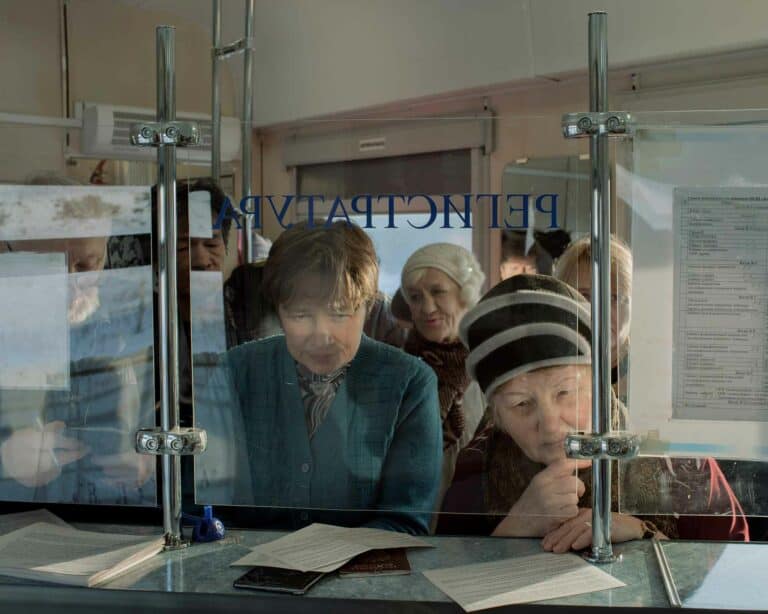 Son, Russia
Son, Russia
Patients are registered at the reception desk in one of the hospital train carriages and are assigned appointments. The treatments are free of charge for them.
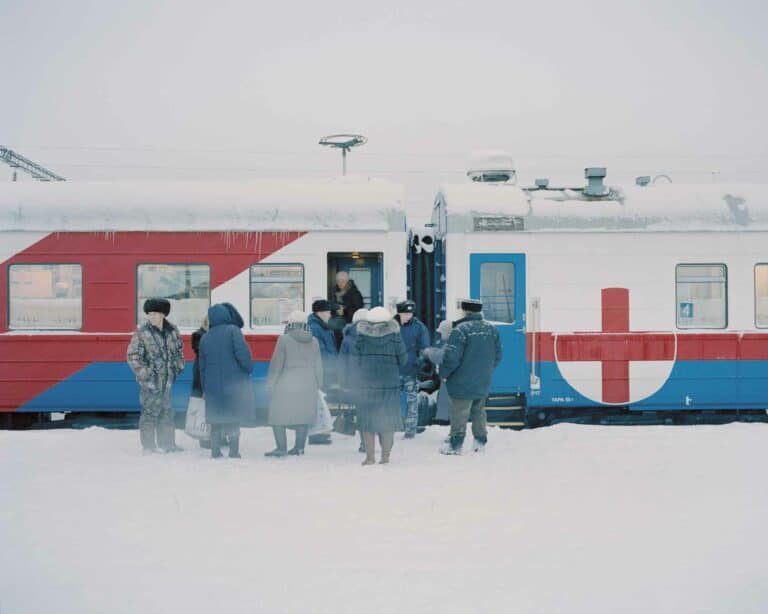 Kuragino, Russia
Kuragino, Russia
Even at temperatures well below freezing, villagers are already lining up in the early hours of the morning. They all want to get an appointment with a doctor on the train.
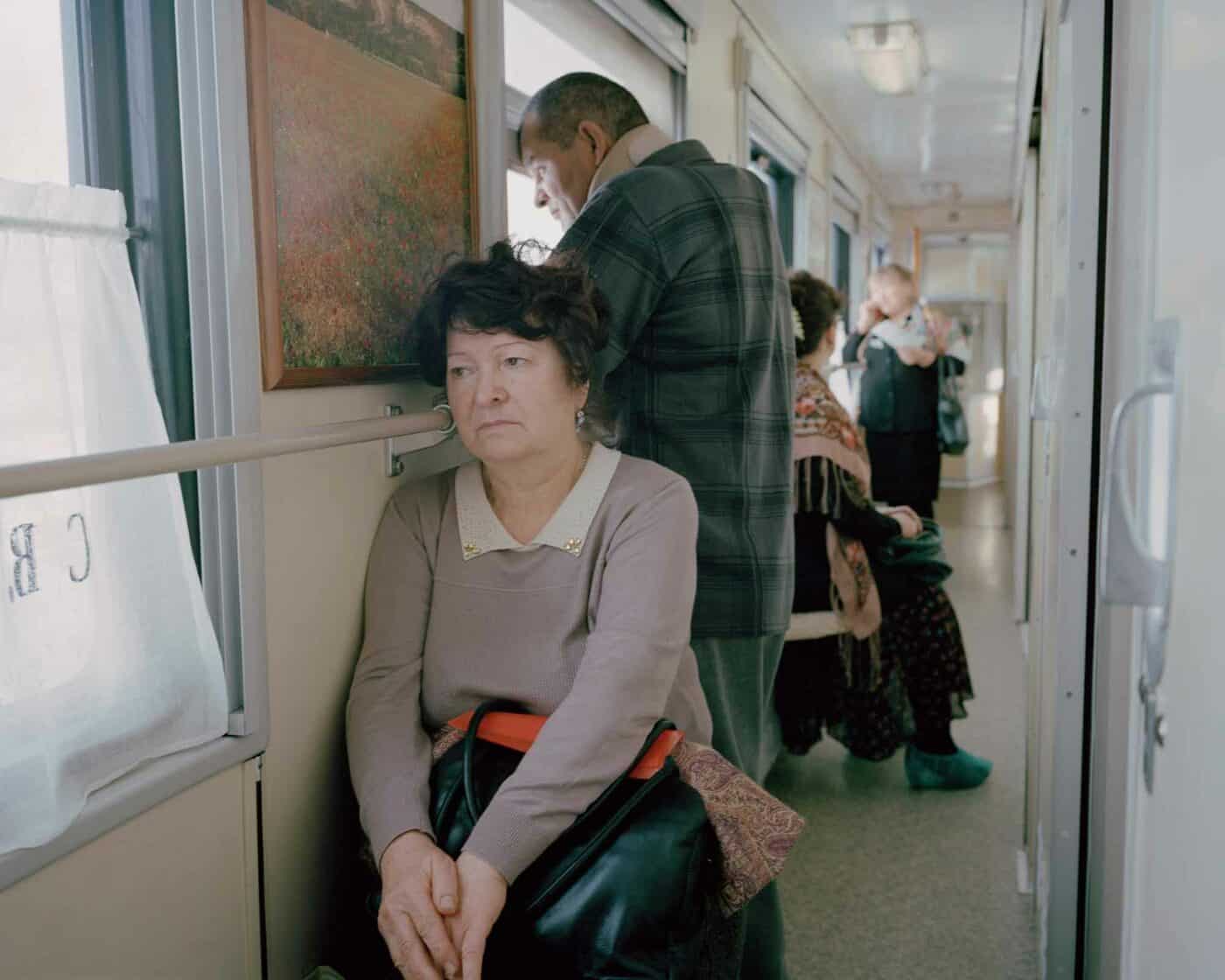 Tuba, Russia
Tuba, Russia
The hospital train gives patients the opportunity to consult several doctors within one day.
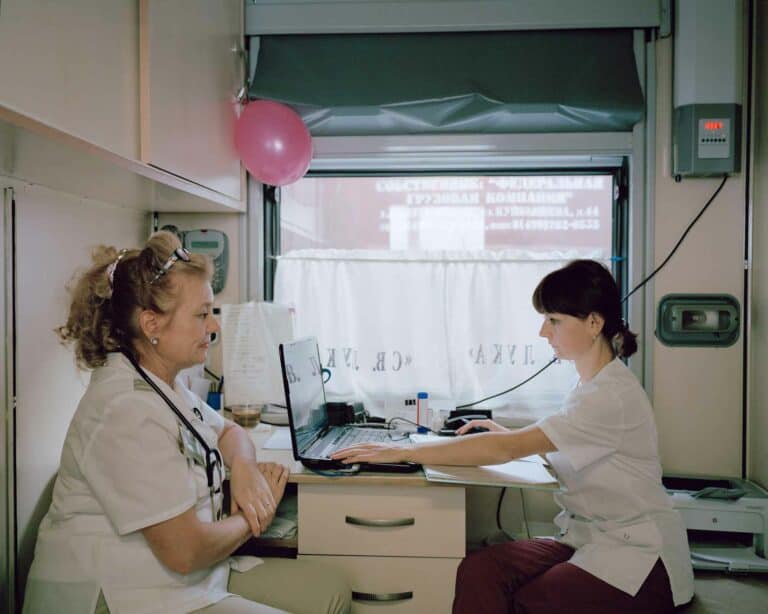 Kuragino, Russia
Kuragino, Russia
General practitioner Lyudmila Danilova and her assistant take notes on their examinations in a small treatment compartment.
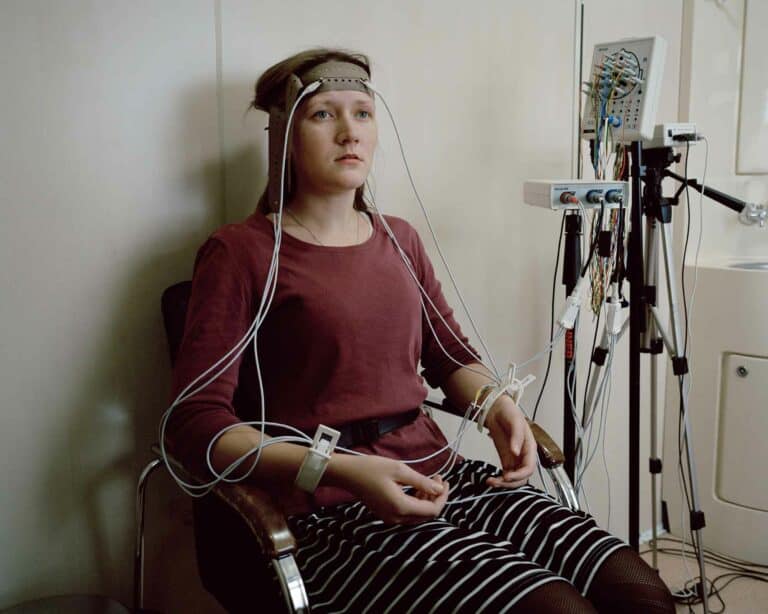 Tuba, Russia
Tuba, Russia
Jelena Semina waits for the EEG diagnostics to begin. The train is equipped with X-ray and ultrasound machines, a laboratory for blood tests and a dental office.
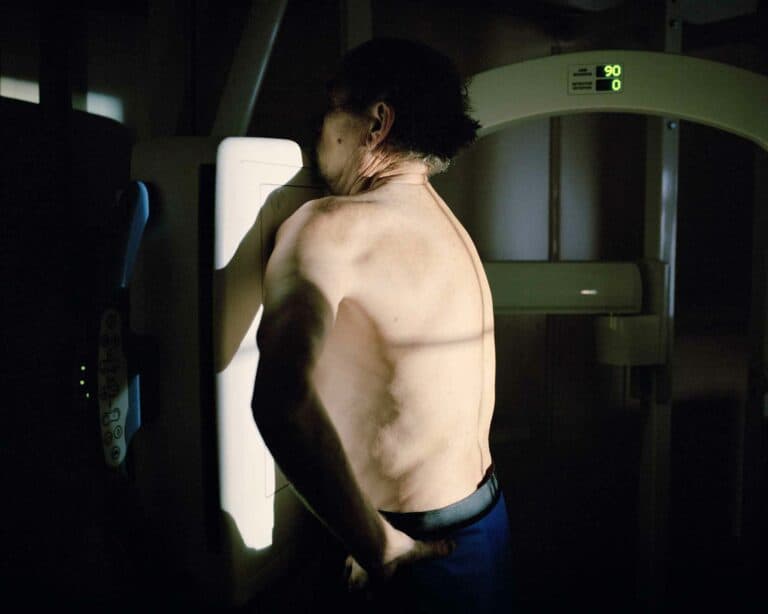 Kuragino, Russia
Kuragino, Russia
Vladimir Kuzmin is x-rayed in a special carriage of «Saint Luke». He has a contusion in the chest area and needs surgery in the provincial capital Krasnoyarsk.
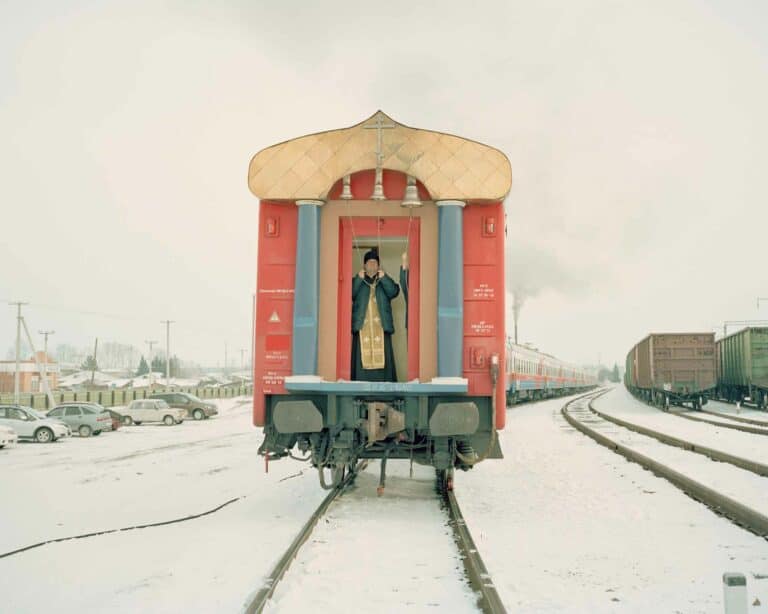 Kuragino, Russia
Kuragino, Russia
Father Igor, a priest from the town of Kuragino, rings the bells before a service. The services are often attended before and after the treatments.
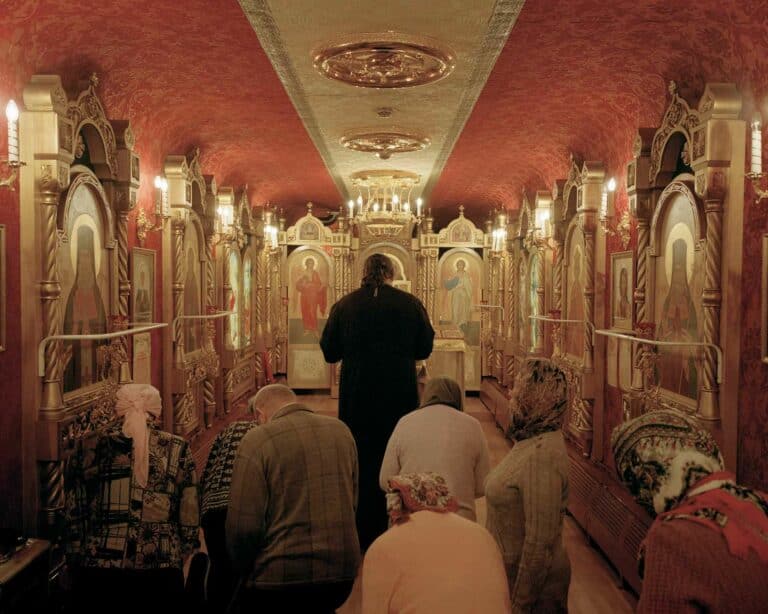 Kuragino, Russia
Kuragino, Russia
Father Igor holds a church service for the patients of the procession. The patron saint of the hospital train is St. Luke. He was a priest who served as a doctor in the Krasnoyarsk region during the Second World War. That is why the train also has its own cathedral wagon.
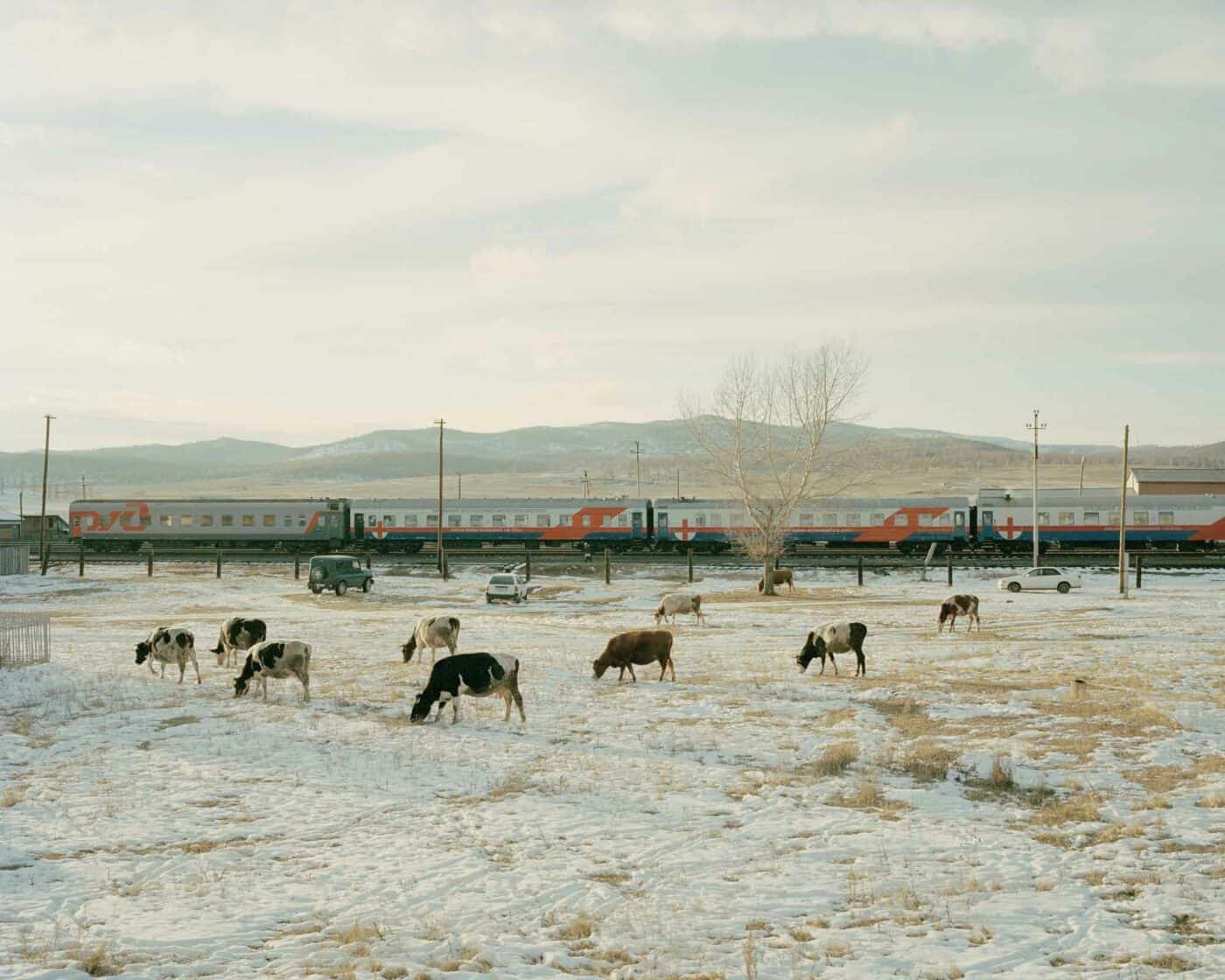 Jеrbinskaya, Russia
Jеrbinskaya, Russia
The hospital train stops at Jеrbinskaya, one of eight stops on the train’s journey.
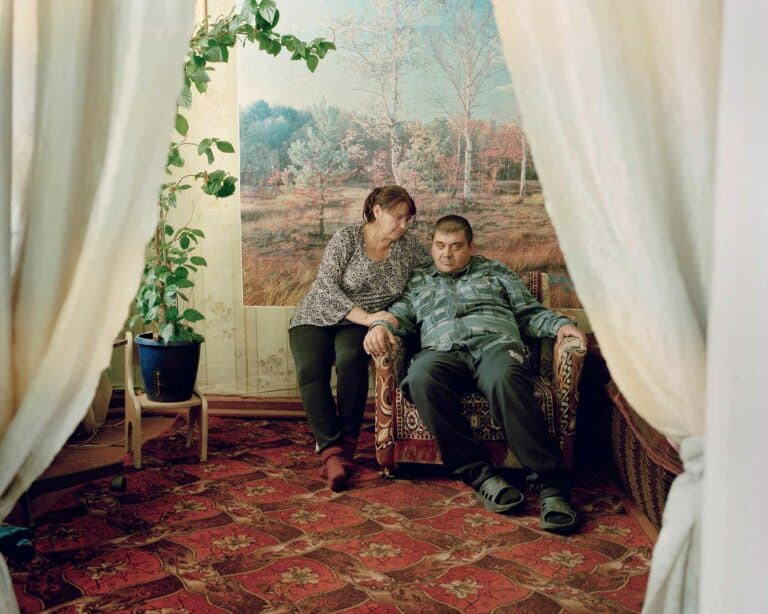 Son, Russia
Son, Russia
Since Alexei Anziferov suffered a serious car accident eight years ago, he has been dependent on support and care from his parents. Due to the remote location of their village, treatment appointments in the regional capital Abakan and the supply of special medicines are a challenge.
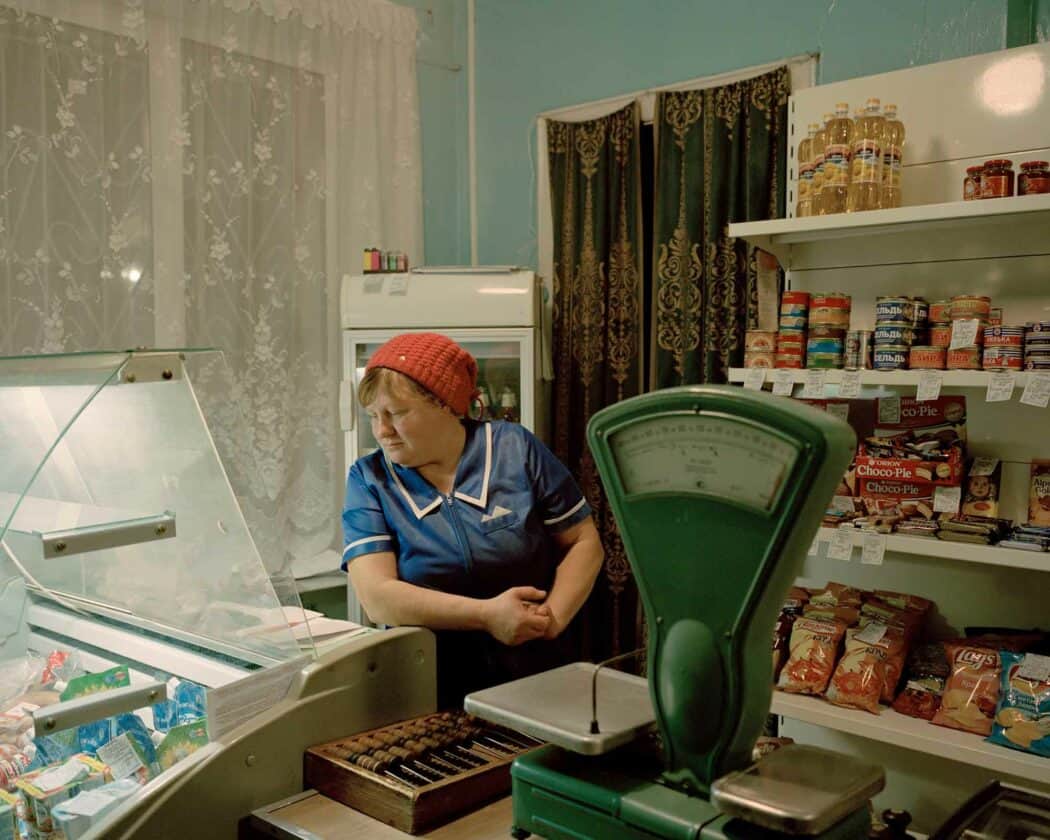 Tuba, Russia
Tuba, Russia
Irina Desnitskaya works in the village store of Tuba, one of the eight stops on the route of Saint Luke».
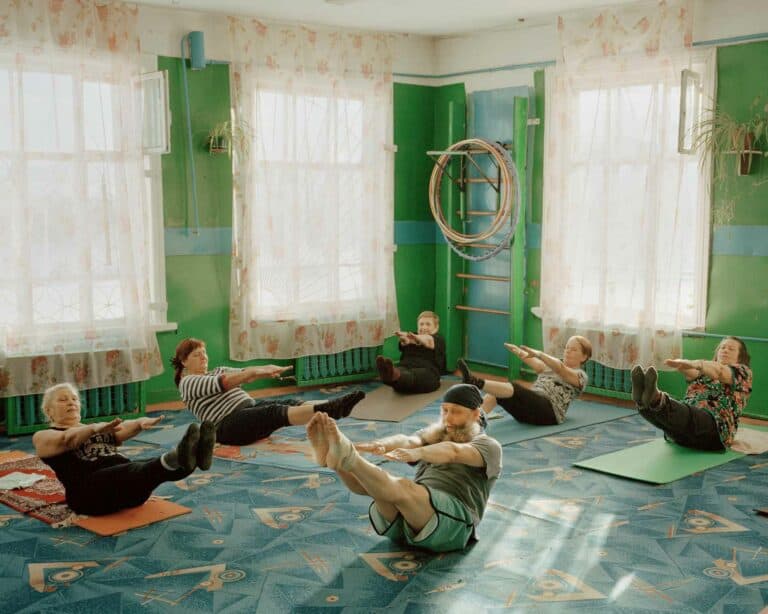 Kuragino, Russia
Kuragino, Russia
In Kuragino, retirees have founded a fitness group.
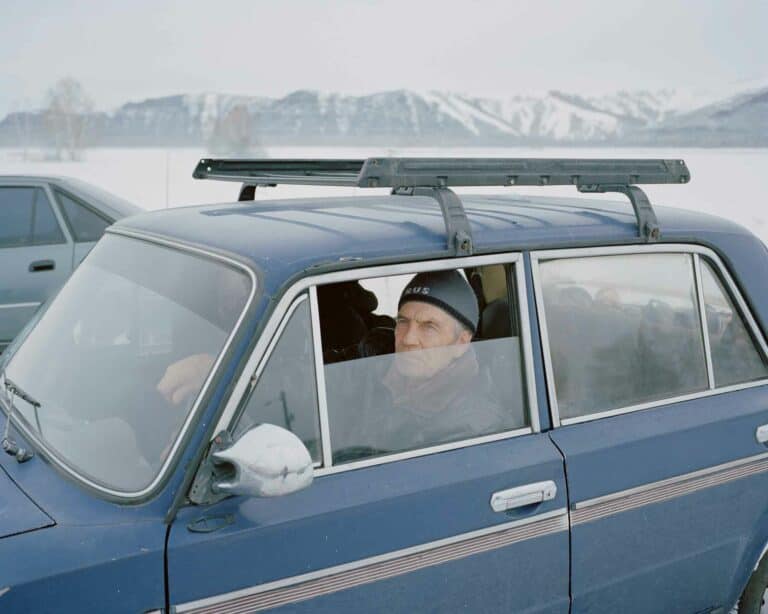 Tuba, Russia
Tuba, Russia
A man waits in his car in Tuba. Many of the patients come from the surrounding villages.
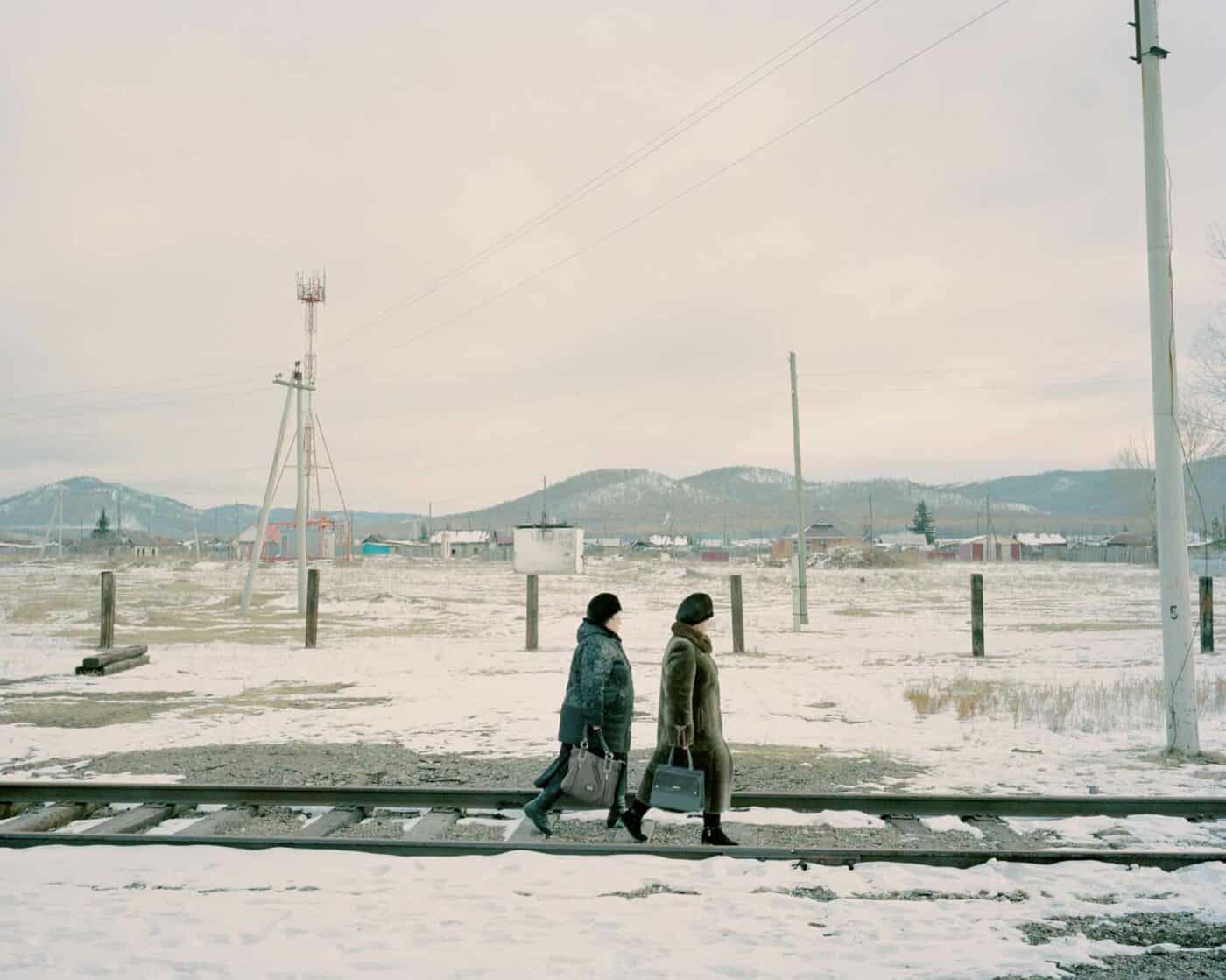 Jеrbinskaya, Russia
Jеrbinskaya, Russia
Patients in Jеrbinskaya on the way to the hospital train .
Your contact partners will be happy to assist you with your personal concerns. However, due to the large number of enquiries, we ask you to first check our FAQ to see if your question may already have been answered.
Dean of Studies, Design and Media department
Programme representative
Application and admission procedure
Hochschule Hannover
Faculty III – Media, Information and Design
Expo Plaza 2
D-30539 Hanover
